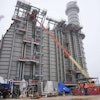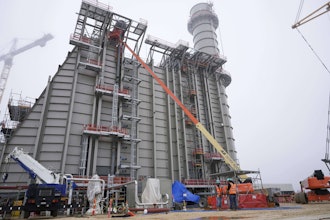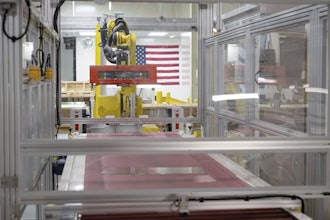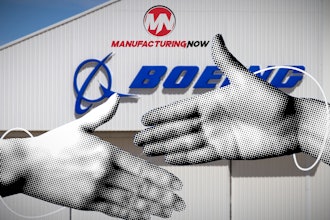Conveyors are one of those components that can easily be overlooked when it comes to maintenance. That’s because conveyors generally have a good reputation for performance, i.e., plug them in and let them run. But this perception can lull plant operators into a false sense of security. A well-built conveyor system can provide reliable service for years if they’re properly maintained.
Here are the top 5 things you can do to ensure your conveyors will run for the long haul:
No. 1 Training
Maintenance personnel need to be up-to-date on the latest techniques and procedures in repairing their conveyors. This will help avoid costly downtime and ensure optimal performance.
Reputable conveyor suppliers offer onsite training, giving maintenance personnel a hands-on, reliability-centered approach to conveyor maintenance. The curriculum includes learning the proper way to make common maintenance repairs, as well as an awareness to issues that can arise from improper maintenance. For example, if there is irregular wearing on the bottom of the belt, it may be due to improper loading of the belt. Or, if the fasteners are pulling out of the belt, it could be from the tension being too high or improper starting.
As maintenance personnel become qualified, they in turn can train equipment operators on what to look for in detecting issues in their conveyors. This is important because the eyes and ears of employees who work alongside conveyors are often the first line of defense to detecting a potential problem.
No. 2 Preventive Maintenance
A well-designed preventive maintenance program accomplishes three main goals: provides training for maintenance personnel and equipment operators, extends the service life of conveyors and proactively identifies areas in need of attention before they affect operation. These goals ultimately contribute to saving a company time and money by better managing resources and avoiding a costly shutdown of a production line.
Preventive maintenance is structured around the life expectancy of various conveyor parts such as: belts, bearings, gear motors, etc. Of course, one of the first things to consider when establishing a preventive maintenance program is how often the conveyors are operating. Obviously, the more hours they run each day, the more often they need to be rotated out for maintenance. Consider creating an inventory database of all conveyors containing key information such as the make and models of conveyors, dimensions (conveyor length and belt width), type of motor, type of belt, serial numbers for bearings, dates of last maintenance check and next inspections, type of maintenance performed, and phone number of the manufacturer.
There’s no right or wrong way to create an inventory database, it can be as simple or extensive as you want it to be. Your conveyor supplier can assist you with this effort.
No. 3 Spare Parts
A successful preventive maintenance program depends on having spare parts of common replacement parts readily available for conveyors. Items such as motors, belts and bearings are ideal parts to keep on hand and will be integral to minimizing downtime.
To help identify the exact parts needed for your conveyors, suppliers often have recommended spare parts kits specific to each model. Keeping spare parts for each of the main conveyor components is the safest route to follow, especially with high wear items such as belts. That way, if two belts are damaged in a matter of days, the belts can be quickly replaced with minimal downtime to the overall production it supports.
No. 4 Warning Signs
A key to keeping your production running smoothly is to catch parts that are showing signs of trouble before they fail on the conveyor. Things to look for include:
- Belts or Chain – look for fraying, damage, build-up of debris or extra slack
- Tracking – if the conveyor belts are off track, they can quickly become damaged, which then causes problems to other areas of the conveyor.
- Bearings – sometimes you can hear when a bearing is about to fail, or feel excessive heat coming from a worn bearing; bearing failure can result in major repairs down the line.
- Gear Motors – gearbox noise or excessive heat from either the motor or the gearbox can be a sign of trouble. These warning signs can predict either potential drive failure, or help to identify other problems.
No. 5 Safety
All operators should practice sound safety practices when working around conveyors. Safety should also be a consideration when spec’ing conveyor replacement parts.
- Use the Proper Parts – it’s best to use replacement parts from your conveyor’s manufacturer, as they are engineered to integrate best with the conveyor, and help maintain your warranty.
- Don’t Wait – don’t let wear parts get so worn out that they can potentially be a hazard to the product carried by the conveyor, as well as any operators or workers interacting with the conveyor.
Stacy Johnson is the Director of Marketing and Strategic Planning at Dorner, a privately held, global manufacturer in the design, application and integration of low-profile conveyor platforms.She can be reached at [email protected]; www.dornerconveyors.com.























